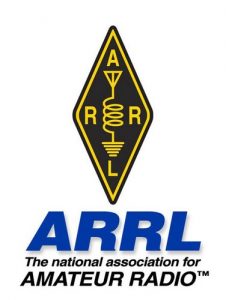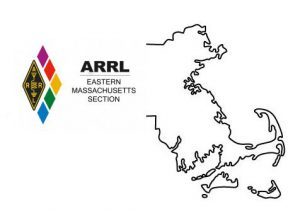Contents
What is ham radio?
Amateur Radio (ham radio) is a popular hobby and service that brings people, electronics and communication together. People use ham radio to talk across town, around the world, or even into space, all without the Internet or cell phones. (Knowledge of Morse code is no longer a requirement for a license.) It’s fun, social, educational, and can be a lifeline during times of need.
You can set up a ham radio station anywhere: in a car, on a bicycle, in a boat, or in a tent while camping. You can make contact with astronaut-hams aboard the International Space Station. You can use a small, handheld radio and communicate for hundreds of miles through repeater stations. You can also become a part of a cadre of trained emergency communications operators in your area. If you’re a tinkerer or a part of the “Maker” movement Amateur Radio is just the thing. The possibilities are endless!
Although Amateur Radio operators get involved for many reasons, they all have in common a basic knowledge of radio technology and operating principles, and pass an examination for the FCC license to operate on radio frequencies known as the “Amateur Bands.” These bands are radio frequencies allocated by the Federal Communications Commission (FCC) for use by ham radio operators.
How can I find out more
The best way to learn about Amateur Radio is to talk to hams face-to-face. Ham radio operators take pride in their ability to teach newcomers the ropes to get them started in the hobby. There is probably an Amateur Radio club near you that will welcome your interest.
In Eastern Massachusetts, you may contact:
Jon McCombie, N1ILZ
75 Northwest St
Eastham, MA, 02642-2698
Tel: (508) 246-4982
Email: n1ilz@arrl.org
ARRL—The national association for Amateur Radio™
 Founded in 1914, the American Radio Relay League is the national association for amateur radio™ in the US. Today, with more than 161,000 members, ARRL is the largest organization of radio amateurs in the United States and the primary source of information about what is going on in the ham radio world. ARRL offers books, news, support, information, special operating events, continuing education classes and other benefits for its members. Being a member of ARRL is a huge benefit for hams.
Founded in 1914, the American Radio Relay League is the national association for amateur radio™ in the US. Today, with more than 161,000 members, ARRL is the largest organization of radio amateurs in the United States and the primary source of information about what is going on in the ham radio world. ARRL offers books, news, support, information, special operating events, continuing education classes and other benefits for its members. Being a member of ARRL is a huge benefit for hams.
As a member of the ARRL, here are some of the benefits you will enjoy:
- QST Magazine – your monthly membership journal
- Online Services –
- QST online monthly digital edition
- QST Archive and Periodical Search
- Product Review Archive
- Email forwarding
- E-Newsletters – delivered to your inbox
- A voice in the affairs of ARRL and ham radio through locally appointed volunteers
- Publication Specials and on-line course discounts
- Emergency Communication Services
- Technical and Regulatory Information Services
- Operating Awards
- Ham Radio Equipment Insurance Plan Available
- Outgoing Foreign QSL Service
- Plus much more!
Local and regional operational activities of the American Radio Relay League are carried out through its Field Organization. The organization divides the 15 Divisions into 71 separate geographic regions called Sections. Each Section has a similar team of one elected, volunteer Section Manager and several volunteer positions. Section Managers are elected by the members living within the section for a two-year term. The Section Manager appoints a team of volunteers. A Section Manager may optionally appoint one or more Assistant Section Managers.
About the Eastern Massachusetts ARRL Section

The Eastern MA ARRL field organization serves some 2600 ARRL members who live in the eastern portion of the Commonwealth of Massachusetts, encompassing the counties of: Barnstable, Bristol, Dukes, Essex, Middlesex, Nantucket, Norfolk, Plymouth, and Suffolk.
Through our staff of experienced amateurs and affiliated radio clubs, you’re sure to find what you’re looking for.
Why is it called “ham radio”?
Ham: a poor operator; a ‘plug’ (G. M. Dodge; The Telegraph Instructor)
The first wireless operators were landline telegraphers who left their offices to go to sea or to man the coastal stations. They brought with them their language and much of the tradition of their older profession. In those early days, every station occupied the whole spectrum with its broad spark signal. Government stations, ships, coastal stations and the increasingly numerous amateur operators all competed for time and signal supremacy in each other’s receivers. Many of the amateur stations were very powerful. Two amateurs, working each other across town, could effectively jam all the other operations in the area. Frustrated commercial operators would refer to the ham radio interference by calling them “hams.” Amateurs, possibly unfamiliar with the real meaning of the term, picked it up and applied it to themselves. As the years advanced, the original meaning has completely disappeared. [ARRL Web]
See Also
❖ Ham Radio Basics – Ham 101 (video)
❖ Introduction to Amateur Radio (Wikipedia)











